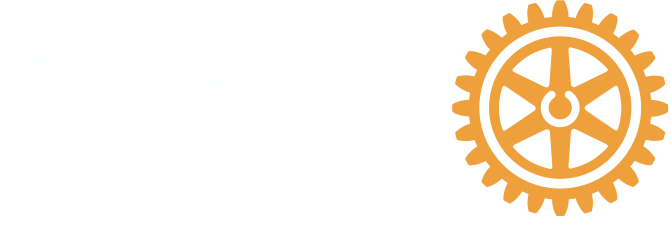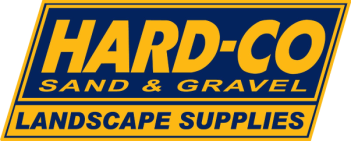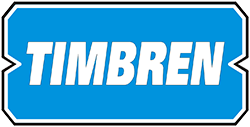4 Way Test
The Four-Way Test Means Business
By Nancy Shepherdson
The Rotarian
Source: Rotary International Website
At any Walgreens drugstore in the United States, you’re likely to see The Four-Way Test hanging on the wall in the manager’s office and in the pharmacy. These plaques are tangible evidence of a philosophy that has guided the company’s corporate culture for decades, championed by Rotarian Charles R. Walgreen Jr., the son of its founder.
 A member of the Rotary Club of Chicago, Walgreen, who died in February at age 100, informally used the test as early as 1947 while serving as president of the drugstore chain. Dick Schneider, who started working there that year, recalls getting a copy of the test and being told by Walgreen that “we use it as a compass around here.” In speeches, Walgreen often referred to it as “a prescription for living, a new version of the golden rule.” The company formally adopted the test in 1955.
A member of the Rotary Club of Chicago, Walgreen, who died in February at age 100, informally used the test as early as 1947 while serving as president of the drugstore chain. Dick Schneider, who started working there that year, recalls getting a copy of the test and being told by Walgreen that “we use it as a compass around here.” In speeches, Walgreen often referred to it as “a prescription for living, a new version of the golden rule.” The company formally adopted the test in 1955.
Walgreen first heard of The Four-Way Test from fellow club member Herbert J. Taylor. Taylor came up with the four simple precepts in 1932, when Club Aluminum Company, where he was president, was facing almost certain bankruptcy. In the depths of the Depression, no one was buying much aluminum. But Taylor thought that if he could convince his employees to do the right thing in every situation, they might at least win sales from their competitors. “So one morning,” he would often recount, “I leaned over my desk, rested my head in my hands. In a few moments, I reached for a white paper card and wrote down what had come to me – in 24 words.”
Five years later, Club Aluminum was back in the black. Taylor always credited The Four-Way Test with its resurgence. Rotary International adopted the test in 1943, and Taylor became RI president in 1954. At one point, our organization assumed the copyright on his test. Now in the public domain, it has been adopted by scores of companies in the 75 years since he thought up its four principles, which remain relevant today.“
The Four-Way Test was ahead of its time as a model of business ethics,” notes Paul Bube, a professor of religion at Lyon College in Batesville, Ark., USA. Several years ago, Bube spoke at the Rotary Club of Salina, Kan., about business ethics and The Four-Way Test. “Taylor developed it during a time when scandalous business practices contributed to the Great Depression,” he says.
“The kind of corporate scandals we are seeing today are reminiscent of the scandals Taylor witnessed. I believe The Four-Way Test is a vision which, if followed, can be a powerful force for good in the world.”
Is it the TRUTH?
“You could call it the sleep-at-night test,” says Allan Resnick, vice president of the Walgreens legal division. “I always tell people that at Walgreens, you don’t need to ask permission to do the right thing. You just do it.” For Resnick, though, and many of the people who use it in their daily business dealings, The Four-Way Test is much more than a guide to personal behavior. It’s a compelling business model that’s actually a powerful workforce management tool.Perhaps the most useful aspect of the test, Resnick says, is its ability to bring ethically minded people together. “People see my plaque as soon as they enter my office. When I interview people and talk about the culture of the company, I’m gauging their reaction. Are they indifferent to it? Excited? You get a feeling about whether people want to work in an ethical culture.”Walgreens expends a fair amount of effort to expose as many of its 200,000 employees as possible to The Four-Way Test. And, especially at Walgreens headquarters outside of Chicago, even non-Rotarians such as Resnick apply it routinely to ethical dilemmas. He recalls how, after the sale of some property several years ago, the company’s real estate division received a “fairly large sum of money” that should have gone to the buyers instead. “[The buyers] wouldn’t have even known we had it,” he says. “Many companies would have just cashed the check. They were fairly astonished to receive the money from us.”
Is it FAIR to all concerned?
In Texas, USA, Realtor and Rotarian Tony Weissgarber adopted The Four-Way Test and says he greatly prefers it to the National Association of Realtors’ nine-page “fine-print ethics statement.” Weissgarber even touted the test in a letter that was printed in the association’s magazine. The gist of his message was, “If Realtors need that many words to say what we believe in, how can we really know what we believe?” He adds: “I told them that if you use The Four-Way Test faithfully, you never need anything more. When I’m in front of a prospect, I just think, is this fair? That helps in all kinds of situations.”Weissgarber believes so strongly in the test that he’s urged all his fellow members in the Rotary Club of San Antonio at the Dominion to adopt it in their businesses and post it on their Web sites. At least one member took him up on the challenge: Jim Landers, a photographer with 14 people working for him, who says the test “reinforced what I believed in all along, but it’s like a very fine paintbrush you use to paint in the details. It’s a philosophy I have in the background of my business all the time, helping me to provide a good role model.”
Will it build GOODWILL and BETTER FRIENDSHIPS?
Kit Lindsay, owner of Lindsay Transmission in Warrensburg, Mo., USA, was 24 years old when he received the Rotary Club of Warrensburg’s first Four-Way Test Award, which is given to non-Rotarians. He was nominated after a Rotary officer visiting town needed to have his motor home repaired when it broke down. Another local shop had proposed a transmission replacement, but Lindsay fixed the problem for $200. “We have a saying at my business: We do what’s right.”That was 20 years ago. Now a Rotarian and chair of his club’s Four-Way Test Award committee, Lindsay has introduced a great many local people to the test.
Will it be BENEFICIAL to all concerned?
RI Director-elect Lars-Olof Fredriksson encourages the use of The Four-Way Test around the world. A member of the Rotary Club of Äänekoski, Finland, Fredriksson has tried to apply the test throughout his careers in public relations and the Finnish air force because, he says, it always works.“Making profit is right, but doing it without ethical consciousness, moderation, and without responsibility for the consequences is indefensible,” he explains. “The tenets of truth, honesty, decency, and morality are now more complicated than before and create the often-used explanation, It all depends. But The Four-Way Test gives a bright, clear answer in any situation.”
Download the website sponsorship guide












